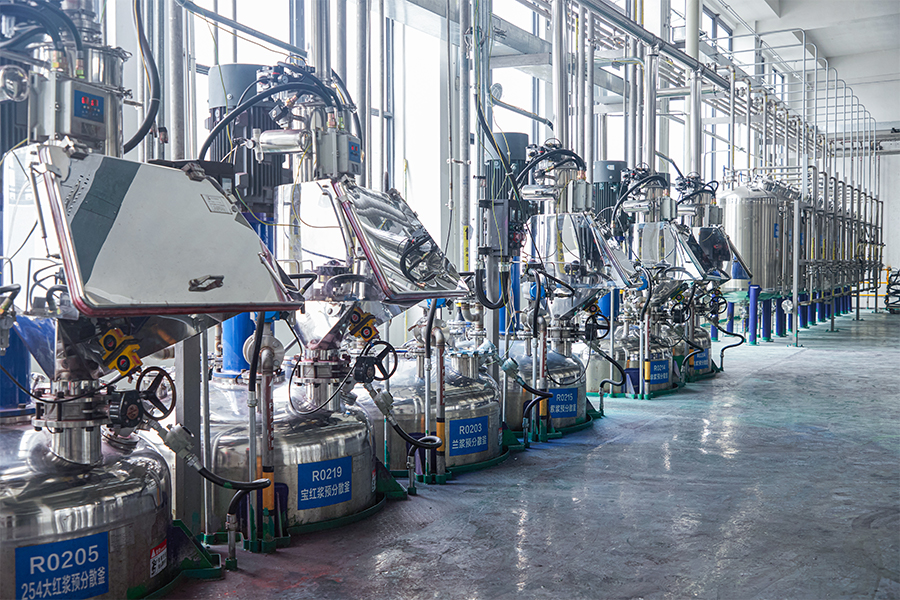As innovators committed to coating quality, we’re exploring how UV/EB energy curing is reshaping the coil coatings industry. As a plastic paint manufacturer that delivers both decorative finishes and functional protection, and a coating manufacturer experienced in tailoring chemistry to substrate needs, we’re well positioned to highlight how energy-curable solutions benefit both manufacturers and end-users.
1. Why energy curing is a turning point for coil coatings
Thermal cure limitations: Conventional solvent-borne or thermally cured coil coatings require large gas-fired ovens, long dwell times, and significant maintenance.
UV/EB alternatives: Energy curing (ultraviolet or electron‑beam) enables full film cure in seconds, using electricity rather than heat.
In fact, PPG’s DuraNEXT energy-curable coatings cure almost instantly at ambient temperature, dramatically cutting energy use and line complexity compared to traditional systems.

2. UV vs. EB: How do they work?
| Technology | Key Features |
|---|---|
| UV (Ultraviolet) curing | Uses UV lamps (arc, LED, excimer) to trigger polymerization in photosensitive resins; ideal for thinner films and rapid pass‑by cure. |
| EB (Electron Beam) curing | Uses high-energy electrons to crosslink thermosetting resins volume-wise; effective for thicker opaque coatings without photoinitiators. |
3. Key benefits for manufacturing and sustainability
3.1 Dramatic energy and carbon savings
Expert assessments, including the European Coil Coating Association (ECCA), indicate energy consumption can be reduced by at least 60 % by switching to UV/EB curing due to elimination of thermal ovens and reduced curing time.
3.2 Cleaner chemistry
Energy-curable systems are often solvent-free or low-VOC, significantly lowering emissions during both manufacture and application.
3.3 Compact equipment footprint
Without long curing ovens, coil lines can shrink substantially, reducing capital layout costs and facilitating leaner factory design.
3.4 Higher throughput and first-pass yield
Instant cure eliminates blocking, lateral drag, and line interruption. Full cure in seconds means paint defects happen less often, so quality yields improve.
4. Case highlights: real-world gains in forward-looking coil coating
PPG DuraNEXT portfolio
Launched in mid‑2024, PPG's DuraNEXT UV and EB backers, primers, and clearcoats fully cure in under one second at ambient temperature. This represents significant reductions in energy use and cycle time in interior and exterior coil applications.
Becker's LCA study
A 2023 Life-Cycle Assessment (LCA) compared UV/EB curing versus conventional solvent-based or water-borne coatings across full product lifecycles—from formula manufacture to line application. The UV/EB route:
Significantly lowered CO₂e emissions,
Used less paint per square meter,
Enabled coaters to reduce line length and complexity,
Offered credible ISO 14040/44–verified data showing real-world sustainability gains.
5. Where the market is headed
Strong growth ahead: The global electron-beam (EB) curing sector—already valued near USD 4.8 billion in 2025—should more than double by 2033 due to rising use in coil coating, printing, and packaging.
Early-stage adoption in coil coatings: Industry insiders emphasize that UV/EB isn’t yet mainstream in coil, but momentum is growing—arch supports state that manufacturers across Europe and North America are conducting pilots or retrofitting lines.
Growth influencers: Rising energy costs, government mandates on decarbonization, and sustainability-focused corporate procurement are all pushing manufacturers toward cleaner, faster processes.
6. Implications for a Coating Manufacturer like us
As a coating manufacturer that supplies both standard and customized coil coatings, switching to or offering UV/EB products allows us to support:
Faster customer line changeover with instant cure products.
Lower manufacturing energy footprint, aligning with modern ESG mandates.
New service models—such as energy-curable primer/topcoat systems that deliver reliable outdoor durability with reduced infrastructure.
Meanwhile, as a plastic paint manufacturer, the learnings from energy curing are also transferable to decorative and technical plastic coatings—such as high solids or zero-VOC acrylic systems cured under UV, which align with our sustainability goals and functional needs.


 English
English русский
русский Español
Español Português
Português عربى
عربى
